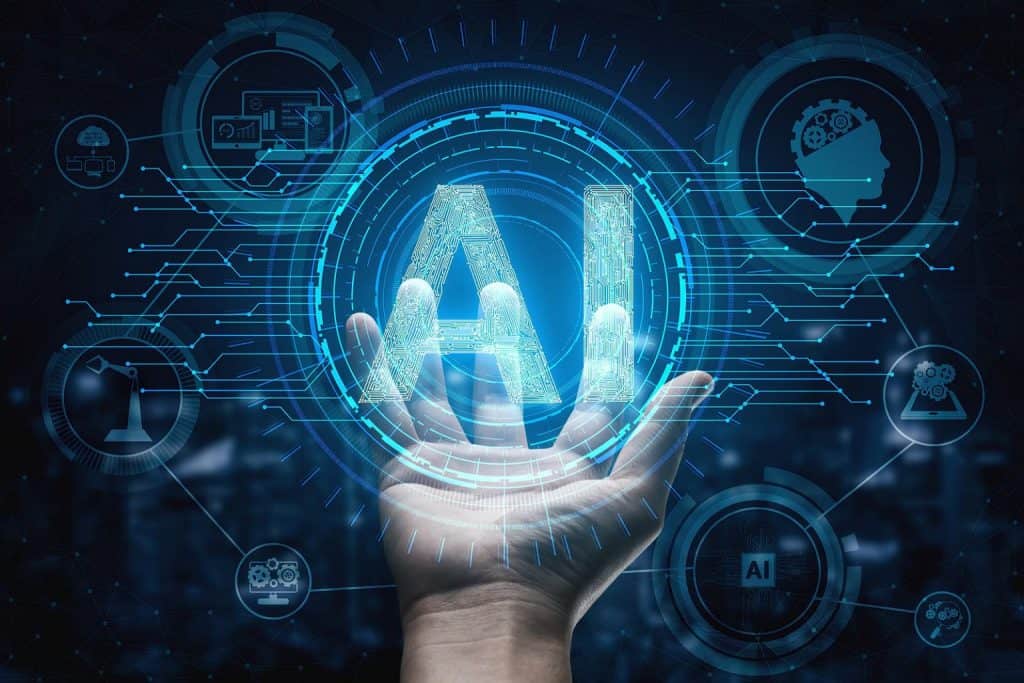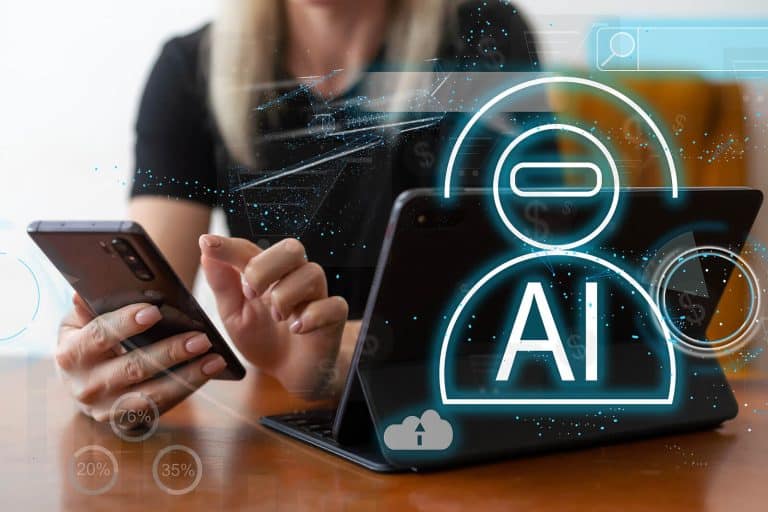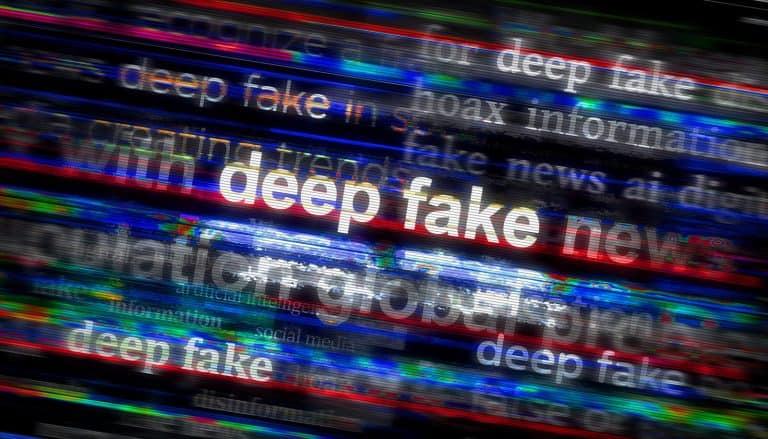Since the industrial revolution, the manufacturing industry has seen several advancements that have brought businesses a long way. One of the most important technologies of our time in this sector is artificial intelligence. AI has several benefits for many industries, and manufacturing is no exception. Defect detection powered by AI is a technology that can take a business to the next level. Let’s discuss what AI defect detection does and how it can elevate your company’s productivity.
Table of Contents
ToggleUnderstanding AI Defect Detection and its Benefits
AI defect detection is one of the most potent innovations in manufacturing. It replaces traditional visual inspection and improves on nearly all of its shortcomings.
Traditional Visual Inspection
Mistakes happen, even in the most efficient factories. Traditionally, visual inspection tasks have been handled by humans. An inspector watches the assembly line and determines if a product has been made correctly or not. This role is critical to maintaining a high-quality standard, but it has flaws. Visual inspection by humans is limited by:
- Rate the visual inspector can perceive defects
- Limited attention span
- Fatigue
Even inspectors who are highly trained and are experts in their field can make mistakes, and these can be costly for businesses. Not only that, the rate at which they can approve products is a limiting factor on a business’s output. For example, a study found that visual inspection errors made by humans searching for defects in cast metal surfaces can be as high as 29.8%.
AI Defect Detection
Visual inspection powered by AI completely surpasses the potential of human defect detection when the appropriate equipment and data are used. Powered by machine learning, computer vision, and data science, AI defect detection systems can recognize product abnormalities automatically. This feat is accomplished via:
- Training data is used to train a machine learning algorithm to help the software recognize what defects look like on a particular product.
- Powerful high-definition cameras and sensors to help the computer inspect the product for defects.
AI defect detection can instantly determine if a product is defective. Since it can run automatically, human inspectors can focus on other projects. The factory can also operate faster while maintaining a high level of quality.
Where AI Defect Detection is Used
There are a number of real-world use cases where AI defect detection is used. Assembly lines aren’t the only places the technology is useful. For example:
- Equipment inventory management
- Damage detection in operational infrastructure
AI defect detection makes manufacturing operations safer and more secure. The technology can apply to more extensive parts of an operation or only to products.
Equipment Inventory Management
Visual inspection can help determine if factory equipment needs maintenance. This is a pathway into another application of AI in manufacturing, predictive maintenance. It’s cheaper to perform maintenance only when necessary than after equipment breaks down. AI relies on historical data and uses real-time data to analyze failure patterns and predict failures before they happen.
Damage Detection in Operation Infrastructure
Outside of the factory, infrastructure such as piping, drills, machinery, roadways, bridges, and more make large-scale industrial operations possible. If one or more of these pieces fails, it can be devastating for businesses. AI defect detection can be applied to these areas to help businesses prevent accidents and continue their operations. This is valuable for construction sites, mining, oil drilling, and other large-scale industrial applications.
For example, Airbus uses AI-based defect detection to improve quality control when manufacturing pipes. This is done using MATLAB to develop machine learning algorithms that can recognize potential defects in real-time.
Unsupervised Learning Approach to Defect Detection
In most previous cases, AI defect detection can be performed through manual training and supervision by data science engineers. This is subject to a number of problems, such as issues with obtaining large enough data sets. There are also other issues that stem from the fact that engineers may not know what defects to anticipate.
However, unsupervised learning can help solve these challenges. Applying unsupervised learning to defect detection allows programs to find patterns in data sets to make their own decisions. When done correctly, this can be far more efficient and can prepare the AI to deal with defects and situations that it may not otherwise have been able to deal with.
Wrapping Up
There’s no doubt that AI defect detection is a powerful tool in the arsenal of modern manufacturing businesses. However, to take full advantage of these systems added efficiency and quality, businesses will need an experienced data science engineering team to help them achieve their goals. A professional development team will be able to analyze your business needs thoroughly, find the most effective solution, minimize project risks and get the most out of AI defect detection.




